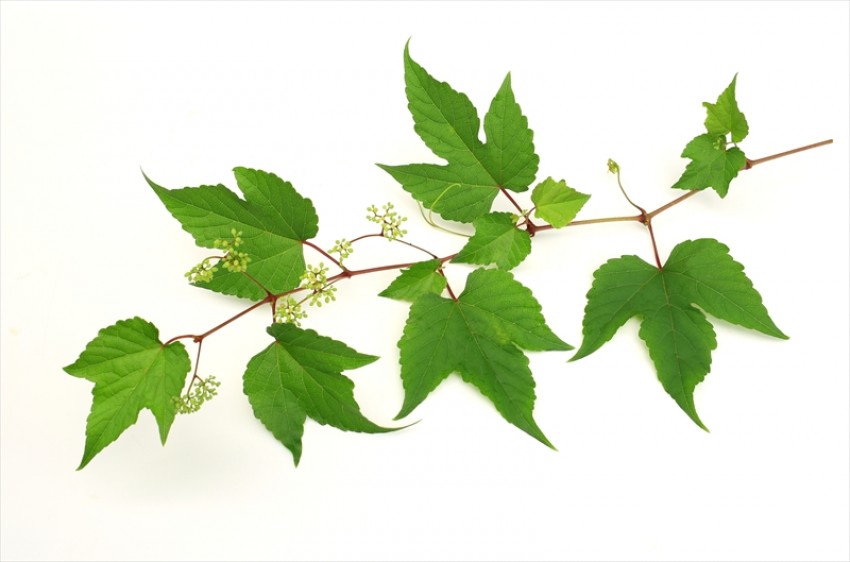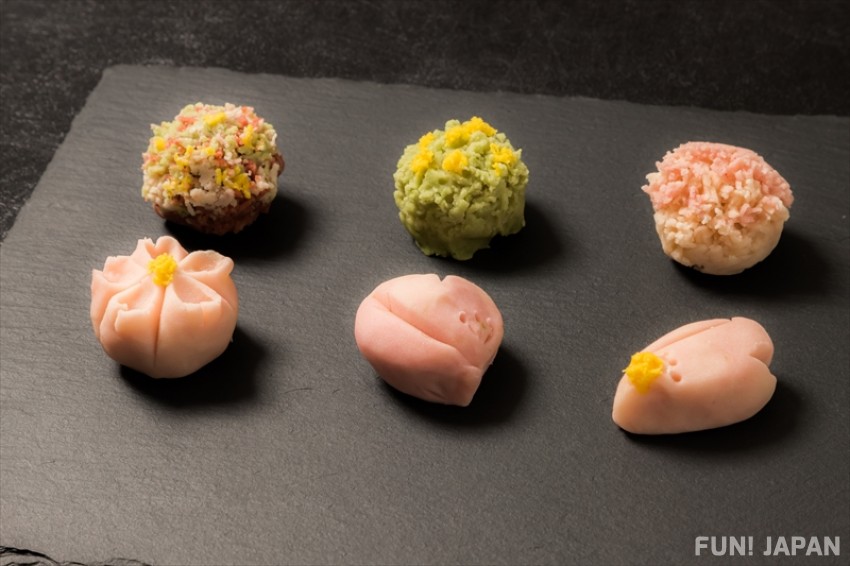
“Wagashi” are traditional Japanese sweets. If we break down the kanji, “wa” means Japanese, and “gashi” means sweets. Many are beautiful and mouth watering just to look at, but what era did they originate in? Let’s take a look at the history of wagashi.
The Origins and History of Wagashi
The oldest recorded sweets in Japan were supposedly nuts that were dried, stored, smashed and turned into a powder, formed into balls, then boiled. There are drawings of mochi from the year 934 in Japanese literature books. They used rice, which was very expensive at the time, so they were often used as offerings to the gods and were considered to be holy.
Let’s take a look at how wagashi have developed from the past to the modern day.
Sweets from Ancient Times

Sugar is a common commodity nowadays, but what did they use in ancient times? One of the oldest books in Japan, the Nihon Shoki, shows a drawing of amazura, a type of ivy, being boiled and used as a broth until it turned into a syrupy consistency. In “The Pillow Book”, there are also images of the amazura syrup being poured over shaved ice, which evokes an image of modern day shaved ice.
Japan’s Admiration for Chinese Sweets During from the 7th Century to 9th Century
From the year 630 to 894, there were envoys who were sent to Tang, China a total of around 19 times. It is said that people were quite inspired by the sweets they brought back from the Tang dynasty. It was a treat that combined rice, wheat, soybeans, and azuki which was mixed and kneaded together, then fried in oil. Thanks to this, Japanese people became very interested in actively creating different sweets.
Rapid Development in the 12th Century

Tea ceremonies are a very traditional cultural aspect of Japan. Tea ceremonies saw great development starting from the 12th century. This also caused there to be development in the sweets that were enjoyed during tea ceremonies. During the beginning of the Kamakura era (around 1191), Eisai Myoan (明菴栄西) brought back tea from China. Sweets paired with tea at the time were senbei (煎餅), kurikomochi (栗の粉餅), and other such items. These sweets are what wagashi developed from.
The Introduction of Western Sweets

Japan was introduced to western sweets when people from Portugal and Spain landed in Japan. Of the sweets introduced at the time, castella, konpeito (金平糖), and biscuits became the basis for wagashi eaten today
Big Developments During the Edo Period

Towns built around castles and shrines throughout Japan were places for unique developments in wagashi. Due to the competition between Kyoto and Edo in trying to develop wagashi, the areas ended up spurring each other on, resulting in the birth of many new wagashi. Many of the wagashi you see today were born from the foundations of the wagashi of this time.
We hope you enjoyed this look into the history of various wagashi and learned something new along the way!

Comments